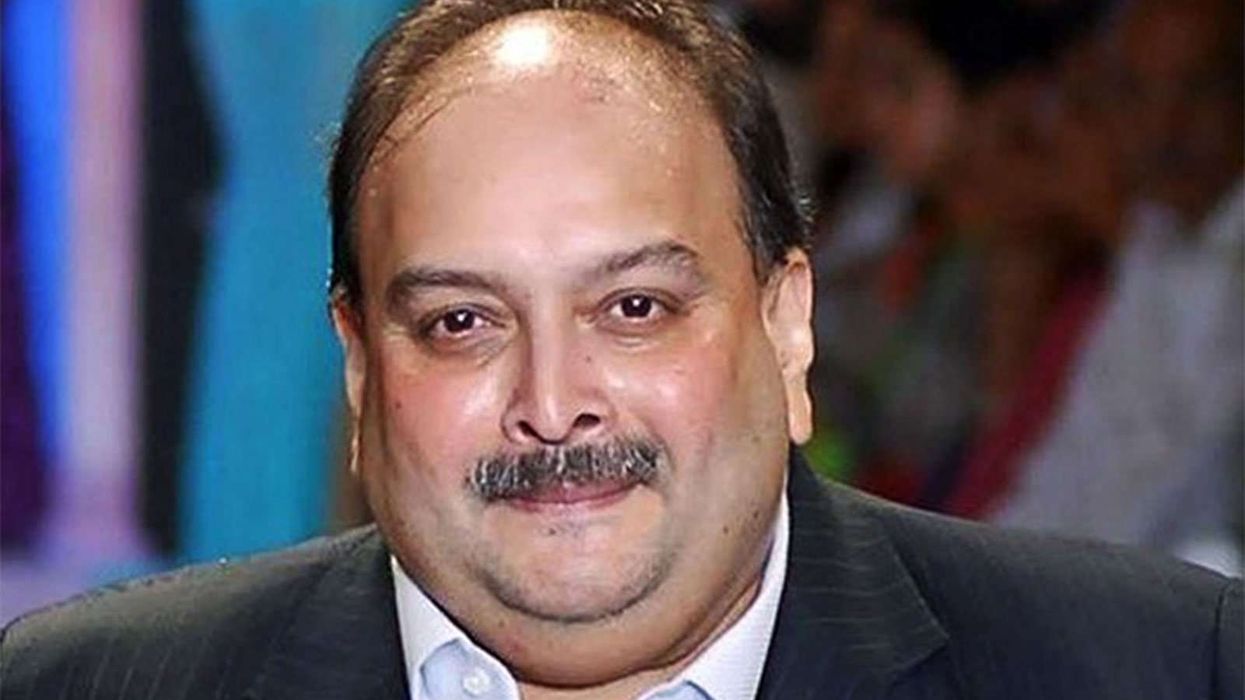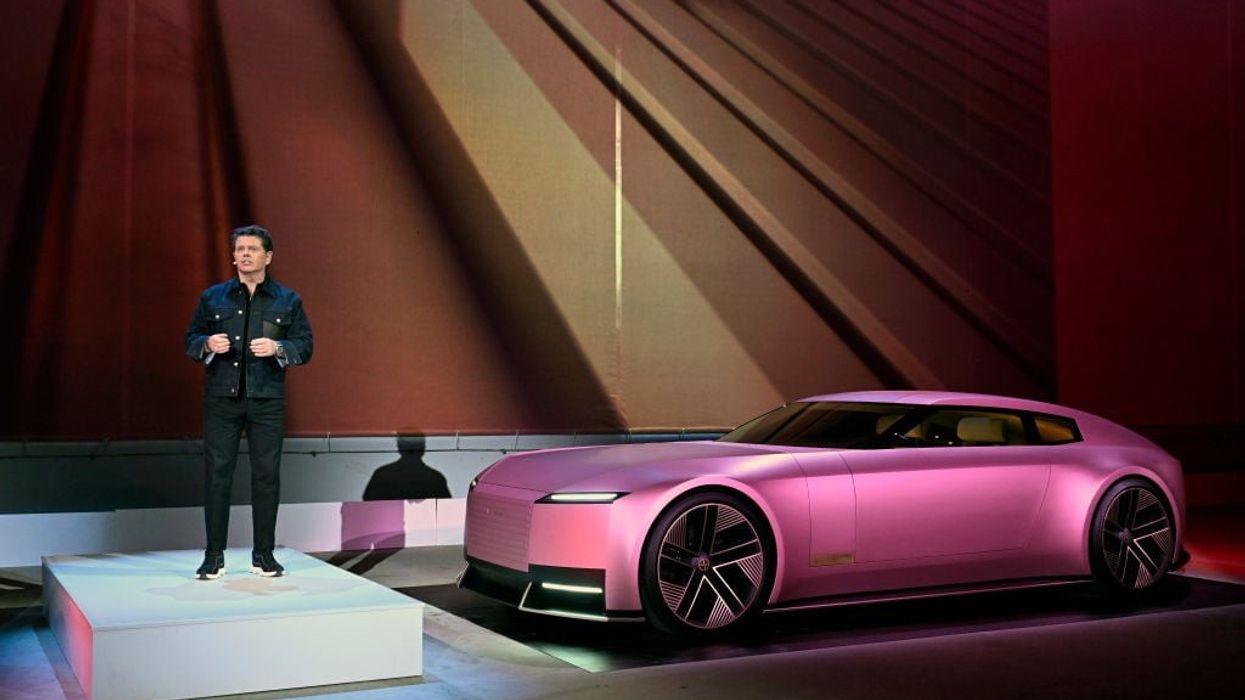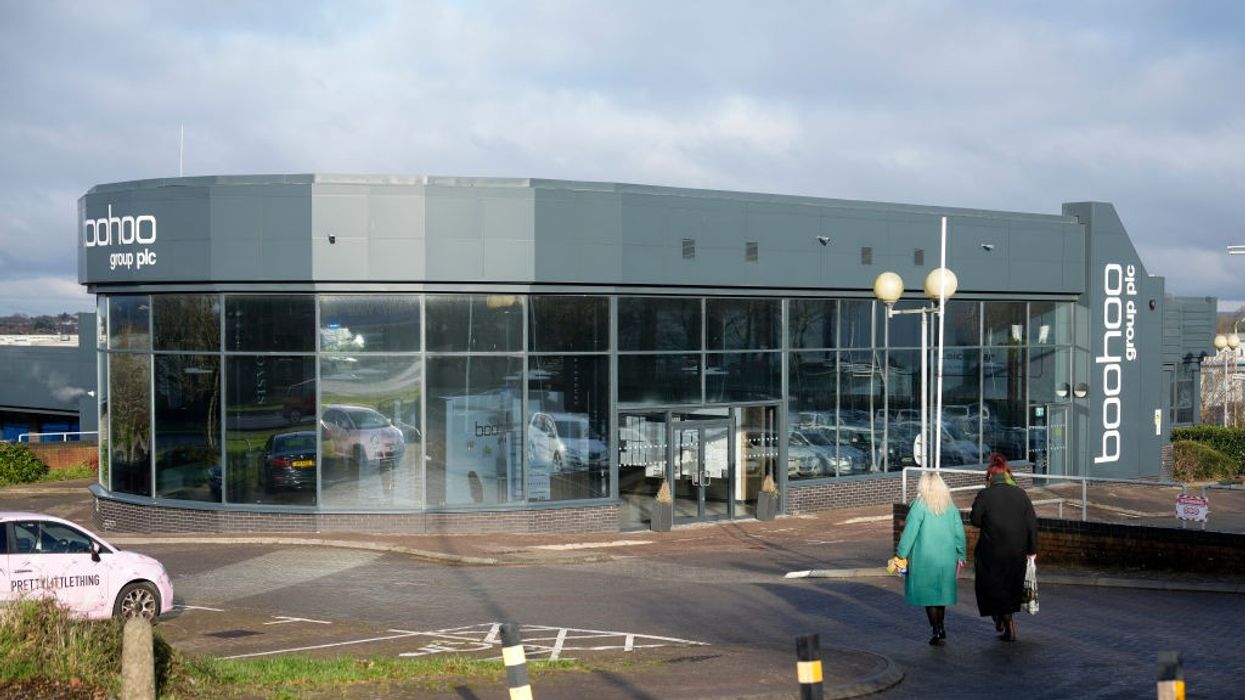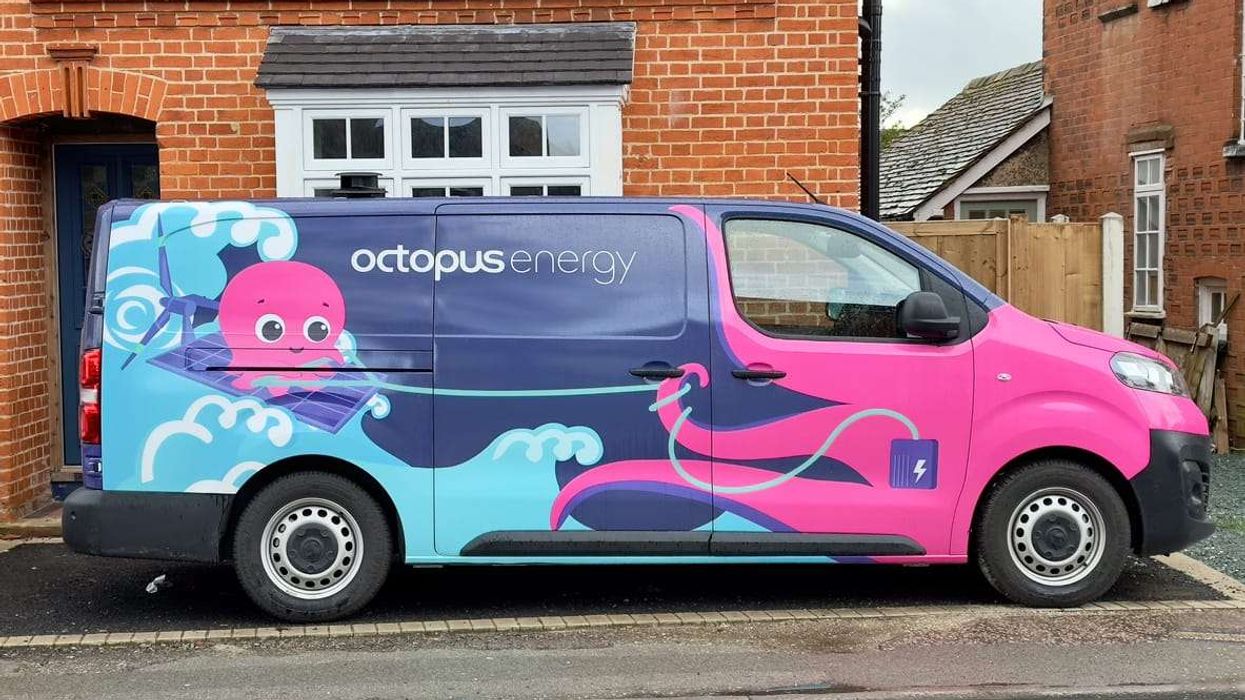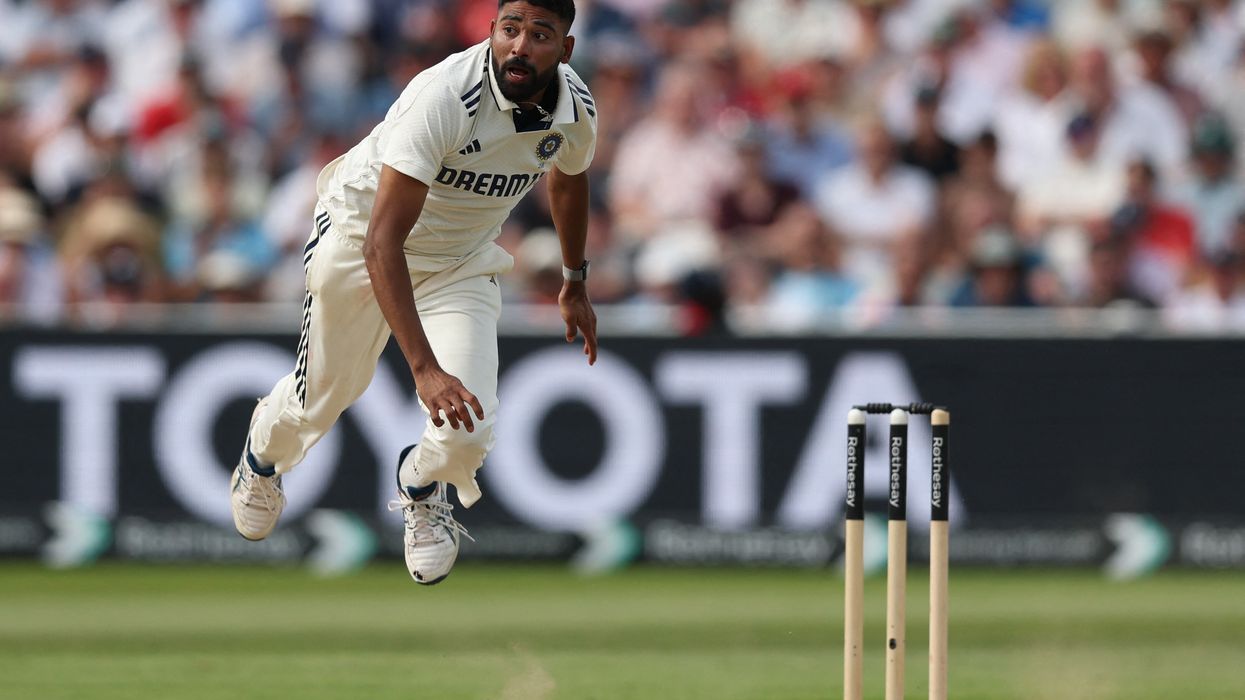Microsoft has revealed its new strategy to combine Xbox and Windows for handheld gaming PCs, starting with two new ROG Xbox Ally devices developed in partnership with Asus. The devices feature a full-screen Xbox experience tailored for portable gaming, in a move designed to better compete with Valve’s SteamOS on the Steam Deck.
A new Xbox experience for handhelds
The ROG Xbox Ally devices will boot directly into a customised Xbox full-screen interface, designed to streamline the gaming experience on portable Windows devices. This marks a shift away from the traditional Windows desktop and taskbar, which are hidden by default to improve performance and reduce distractions.
Microsoft says the updated interface is centred around the Xbox app and Game Bar, but will also act as a universal launcher for PC games, including those from Steam and other third-party platforms. “We’ve reduced many notifications and pop-ups, and we will continue to listen to feedback from players to make continued improvements,” said Roanne Sones, corporate vice president of gaming devices and ecosystem at Xbox.
Built with Xbox and Windows integration
Jason Beaumont, vice president of experiences at Xbox, confirmed that the new interface is the result of collaboration between long-time Xbox OS developers and the Windows engineering team. “We were able to take people who have been working on the Xbox OS for 20 years or more and have them work directly on the Windows codebase,” he said. This joint effort led to significant improvements aimed specifically at handheld performance and usability.
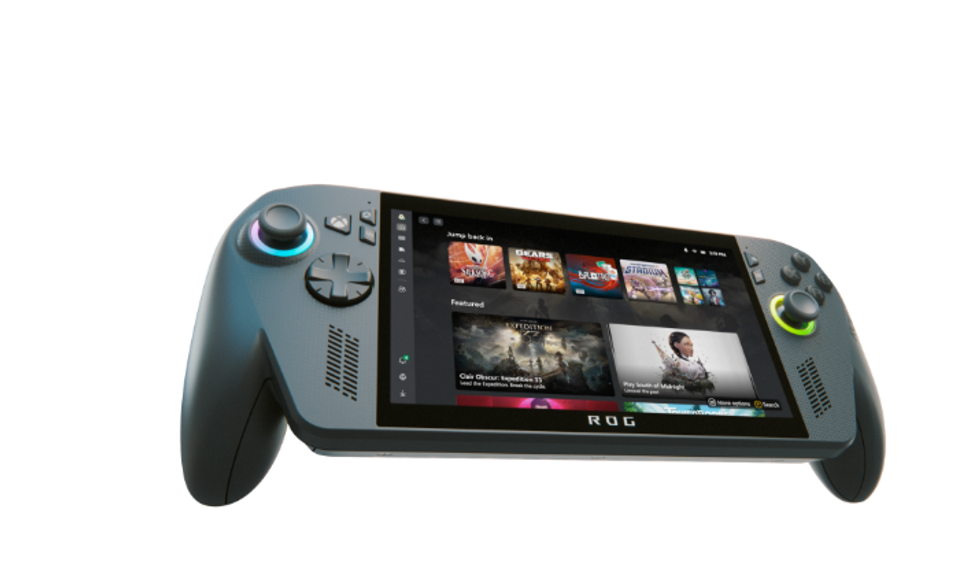
The compact version of the Xbox app now includes access to a user’s full PC games library, incorporating titles from Steam, Xbox Game Pass, Xbox Play Anywhere, and more. This unified approach is intended to provide gamers with a seamless, console-like experience on a Windows handheld.
Game Bar and system controls
The Xbox Game Bar has also been enhanced for handheld use. A short press on the Xbox button brings up a quick-access interface for toggling device settings like Wi-Fi and Bluetooth, opening Asus’ Command Centre, and accessing Microsoft’s new Gaming Copilot feature. A long press on the same button activates a controller-friendly app switcher, making it easier to move between games and applications.
“These improvements were driven directly by the needs of this device,” said Brianna Potvin, principal software engineering lead at Xbox. “We’ve made significant changes — not just visually but functionally — to optimise the system.”
Performance and power efficiency improvements
One of the key goals behind the new full-screen mode is improved performance and battery life. Microsoft claims that disabling certain Windows processes, such as the desktop environment and background tasks, can free up around 2GB of RAM for gaming.
Power consumption has also been reduced. According to Potvin, when the ROG Xbox Ally is in sleep mode while running the full-screen Xbox experience, it draws just one-third the idle power compared to when running the standard Windows desktop. Microsoft has also updated the Windows lockscreen to support controller navigation and PIN entry.
Third-party integration and library support
Microsoft is working with major game stores such as Steam and the Epic Games Store to optimise their experience within the new Xbox interface. The company also plans to expand the Xbox game library to include all PC titles across platforms, creating a unified catalogue viewable within the Xbox app on any Windows 11 device.
To assist users in identifying handheld-compatible games, Microsoft is developing a new verification programme similar to Valve’s Steam Deck Verified system. This will highlight which games are optimised for devices like the ROG Xbox Ally and Ally X.
Access to Xbox console titles
While most Xbox console games won’t run natively on the new handhelds unless they are part of Xbox Play Anywhere or have PC versions, Microsoft is offering support for Xbox Cloud Gaming and Remote Play. These features will allow players to access their full Xbox console library from a handheld device via streaming.
Availability and future updates
The Xbox full-screen experience will first launch on the new ROG Xbox Ally and ROG Xbox Ally X models, with Microsoft planning to roll out the update to existing ROG Ally devices later this year. The company has also confirmed that other Windows-based handhelds will begin receiving similar updates from next year.
Valve’s SteamOS is also being made available for the ROG Ally, setting up a direct comparison between Microsoft’s Windows-based system and Valve’s Linux-based alternative. This competition may determine the future direction of software development for handheld gaming PCs.
With these updates, Microsoft is positioning Windows as a viable and optimised platform for portable gaming, addressing long-standing concerns around usability, performance, and battery life on handheld PCs.


